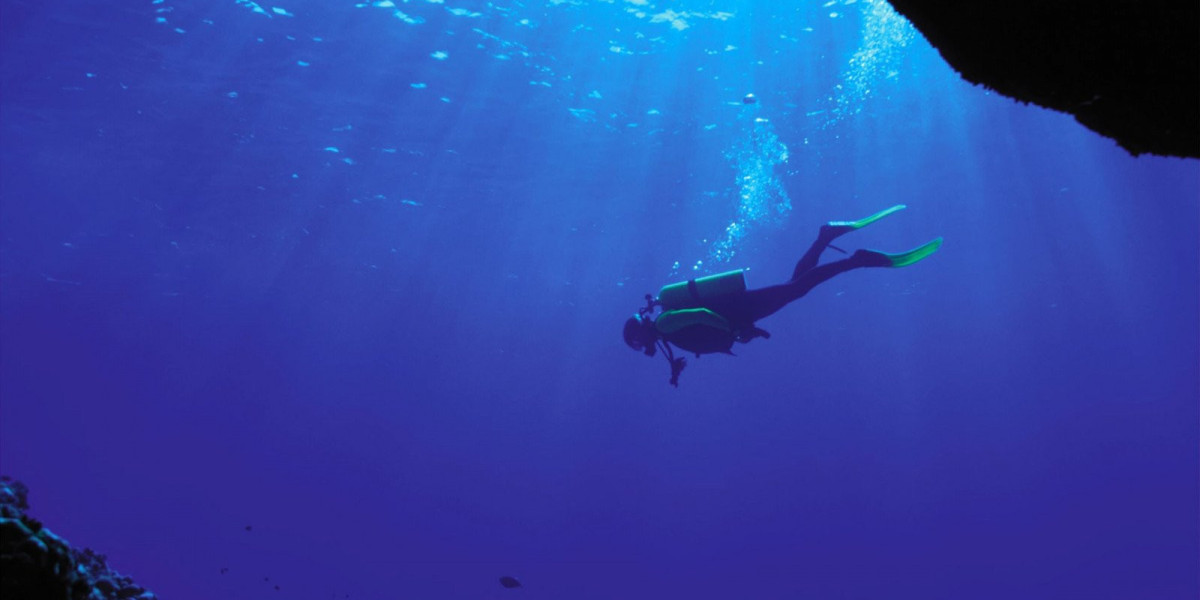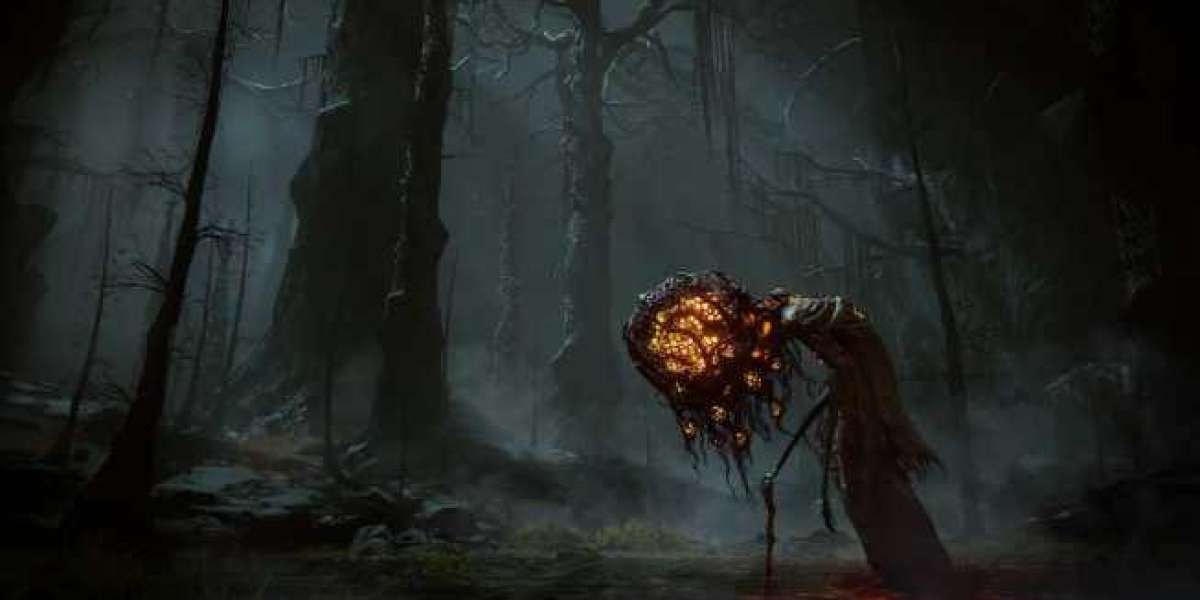Beneath the rhythmic sweep of turbine blades and the hum of clean energy production, an ecological revolution is quietly unfolding. Offshore wind farms, once viewed as industrial intrusions in marine ecosystems, are revealing an astonishing capacity to become accidental sanctuaries for ocean life. This paradoxical relationship between renewable energy infrastructure and biodiversity is rewriting our understanding of how human engineering can coexist with and even enhance natural habitats.
The Artificial Reef Effect: Steel Forests Beneath the Waves
When massive turbine foundations plunge into the seabed, they don’t just anchor machinery they create complex three-dimensional structures where none existed before. Barren sandy bottoms transform into thriving ecosystems as barnacles, mussels, and corals colonize the submerged surfaces. These artificial reefs attract small fish seeking shelter, which in turn draw larger predators, effectively jumpstarting entire food chains.
The phenomenon mirrors what occurs with shipwrecks, but with a crucial difference: wind farm structures are designed to last decades, providing long-term stability for marine communities. Researchers have documented species richness increasing by as much as 85% around some turbine bases, with rare organisms like cold-water corals appearing in areas previously devoid of such life. The turbines’ constant vibrations may even enhance this effect, as some marine invertebrates appear drawn to the subtle frequencies.
The Safety Paradox: Danger Zones That Protect
Paradoxically, the exclusion zones surrounding operational wind farms areas restricted for human activity have become de facto marine reserves. Fishing bans within these perimeters allow fish populations to rebound dramatically, creating spillover effects that benefit adjacent fishing grounds. The underwater electrical cables, while carefully insulated, emit weak electromagnetic fields that some species like sharks and rays can detect, potentially creating invisible boundaries that deter certain predators while attracting others.
This protection extends to seabirds in unexpected ways. While initial concerns focused on collision risks, some species have adapted by using the turbines as hunting perches. The structures create localized upwellings that concentrate plankton and small fish, effectively serving as avian feeding stations. The dynamic illustrates nature’s remarkable capacity to repurpose human alterations to the environment.
The Maintenance Ecosystem: When Human Activity Supports Life
The regular maintenance of these installations creates another unlikely ecological benefit. Confined space entry services required for turbine inspections and repairs inadvertently contribute to marine monitoring. Divers and remotely operated vehicles documenting structural integrity simultaneously capture invaluable data on species distribution and behavior. The constant human presence deters illegal fishing more effectively than occasional patrols, while the accumulated maintenance records provide decades-long datasets for marine biologists.
This symbiotic relationship extends to the water column. The turbulence created by rotating blades oxygenates surface waters, potentially mitigating dead zones in certain coastal areas. Meanwhile, the shadows cast by moving blades create shifting light patterns that some fish species appear to use as navigational cues. The cumulative effect suggests these structures aren’t just passive habitats but active participants in local marine dynamics.
The Climate Change Buffer: A Double Defense
Beyond fostering biodiversity, offshore wind farms may help marine ecosystems withstand climate change impacts. Their foundations dissipate wave energy, reducing coastal erosion a growing threat as sea levels rise. Some studies indicate the structures could moderate water temperatures in their immediate vicinity by enhancing vertical mixing, potentially creating microrefuges for temperature-sensitive species.
Perhaps most crucially, by displacing fossil fuel emissions, these installations address ocean acidification at its source. Every megawatt of clean energy generated helps slow the absorption of excess atmospheric CO2 by seawater a process that dissolves shellfish skeletons and disrupts marine food webs. In this sense, the farms operate as both local habitat creators and global ecosystem safeguards.
The Noise Factor: An Unexpected Communication Channel
Initial concerns about construction noise harming marine mammals have given way to fascinating observations about operational soundscapes. While pile-driving during installation requires careful mitigation, the steady low-frequency hum of operating turbines appears to fall within tolerable ranges for most species. Some evidence suggests certain fish may use the constant vibration as an orientation reference, similar to how nocturnal insects navigate using distant light sources.
The sound profiles may even mask more disruptive anthropogenic noises like ship traffic, creating acoustic shadows where marine life can communicate more effectively. Researchers have documented whales adjusting their migration routes to pass near wind farms, possibly exploiting these modified sound environments. The implications for species that rely on echolocation or long-distance communication are only beginning to be understood.
The Evolutionary Laboratory: Accelerated Adaptation
The most profound ecological impacts may unfold over generations as species adapt to these novel environments. Already, scientists observe behavioral shifts fish learning to spawn on turbine foundations, crustaceans developing strategies to exploit the structures’ currents, and predator-prey relationships reorganizing around the three-dimensional habitat. This accelerated evolution mirrors what occurred when natural reefs first appeared in Earth’s oceans, suggesting wind farms could be seeding entirely new marine communities.
The genetic implications are equally significant. Isolated populations developing on different wind farms may diverge genetically, creating what biologists call “industrial speciation.” These unintended experiments could provide insights into how marine life might adapt to other human-made structures, from oil platforms to future floating cities.
For broader context on how artificial structures influence marine ecosystems, see this overview on artificial reefs.
Closing Thoughts
The ecological narrative surrounding offshore wind farms is undergoing a dramatic reversal. Where once stood concerns about habitat disruption now emerges evidence of vibrant marine communities thriving in the shadows of renewable energy infrastructure. These accidental sanctuaries demonstrate nature’s resilience and adaptability, while offering hope for reconciling human energy needs with ocean conservation.
The lesson extends beyond wind power it suggests that thoughtful engineering can create mutually beneficial relationships with natural systems. As we expand renewable energy infrastructure globally, the opportunity exists to design with biodiversity in mind, transforming necessary industrial projects into intentional ecological assets. The turbines’ true value may ultimately lie not just in the energy they harvest from the wind, but in the life they foster beneath the waves.








